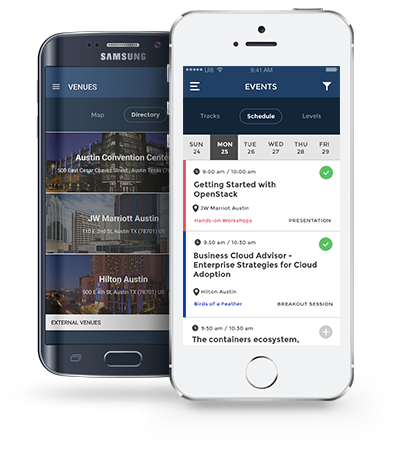Free and Open source software has taken over the world and become the new standard for software publication. However, free software and open source only addressed the angle of freedom and rights with the end product, as conveyed through software licenses. They did not mandate how the software was to be built. They said nothing about who really controls the creation of the software.
As a result, a lot of open source software is produced in ways that are closer to proprietary software than to the ideals of free software, and in the absence of a taxonomy it is difficult to tell the difference. We need to start caring about how software is built, and not just the license the code is released under.
In this talk we'll explore the differences between models of open source software production, and call for going beyond open source and defining standards on how open source licensed software shall be built.
At the Open infrastructure summit we focus on enabling the open development of open infrastructure solutions. We apply the model known as the Four Opens to create an open collaboration playground reducing useless duplication of effort and industry convergence toward interoperable standards at the infrastructure level.
But in the absence of a taxonomy describing the various ways to produce "open source", it is difficult to distinguish between this open collaboration model and single-vendor solutions that are today closer to proprietary software than to the ideas of free software.
This talk is timely, as some advocate for a shift in the definition of open source to better accommodate their business models. We need to talk more about how open source is produced, and this new track at the Open Infrastructure Summit is a great place to kick it off.




